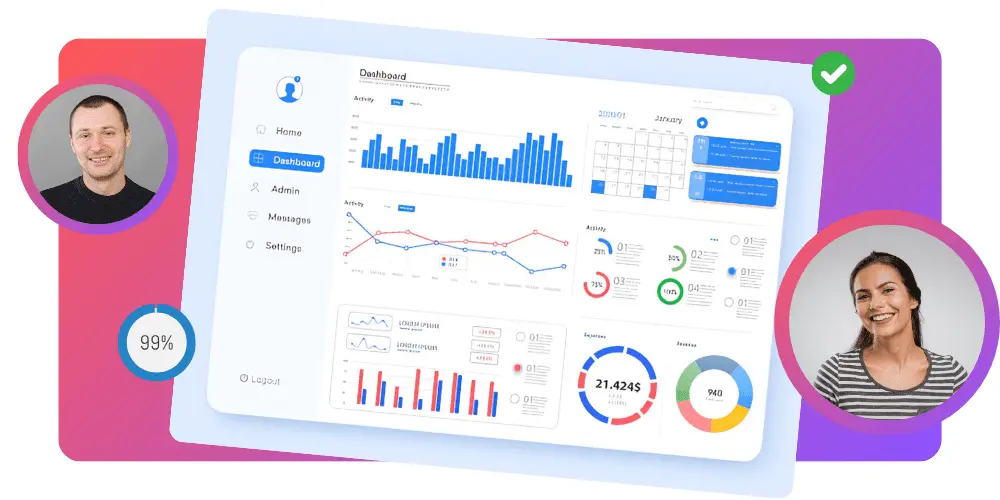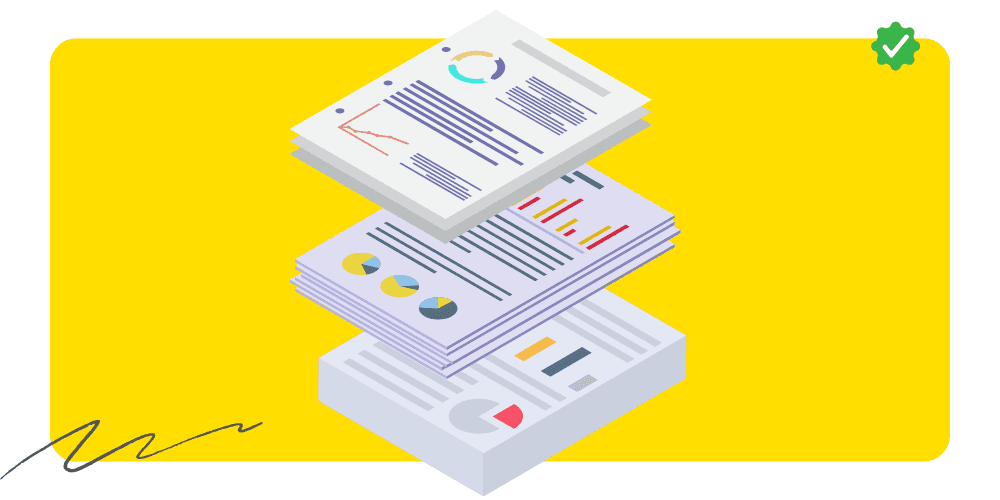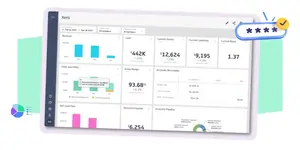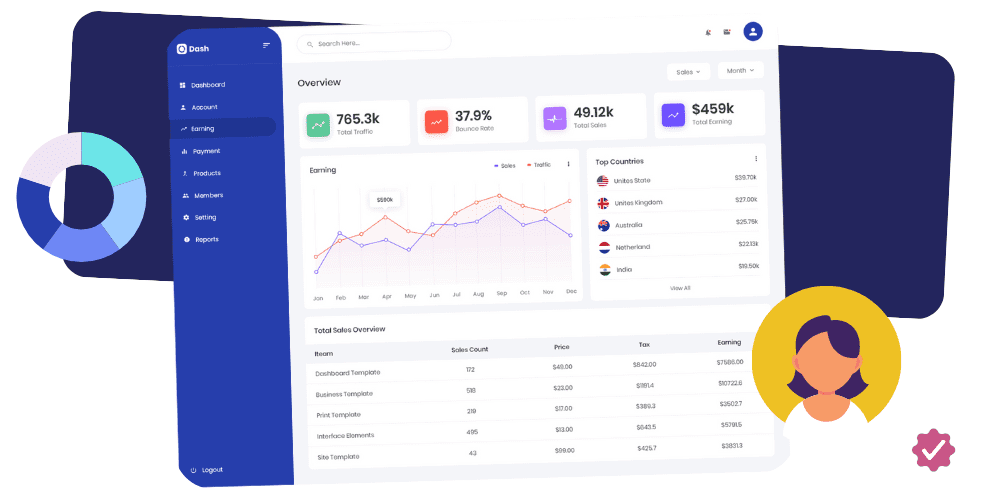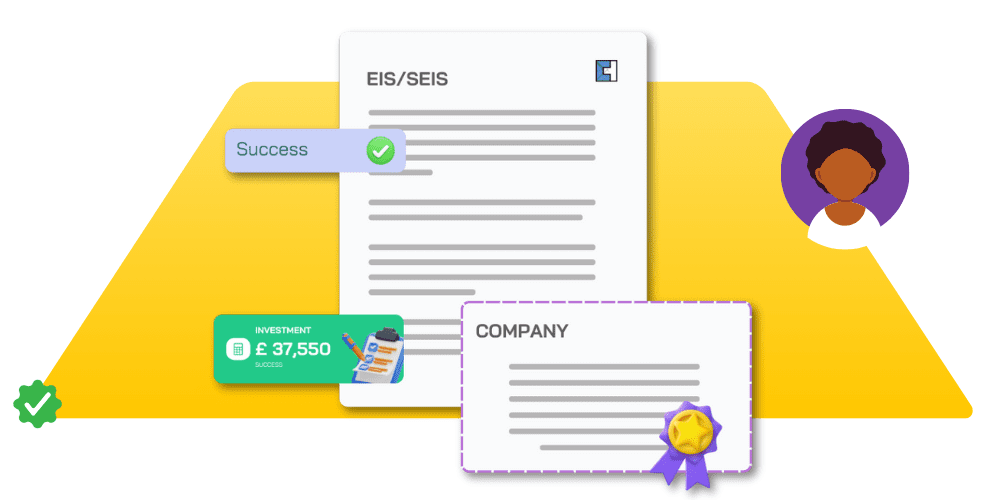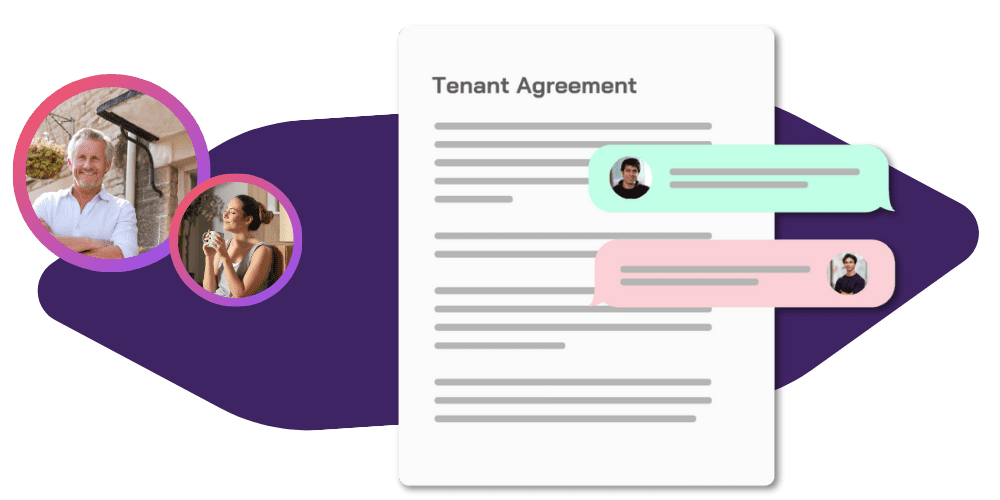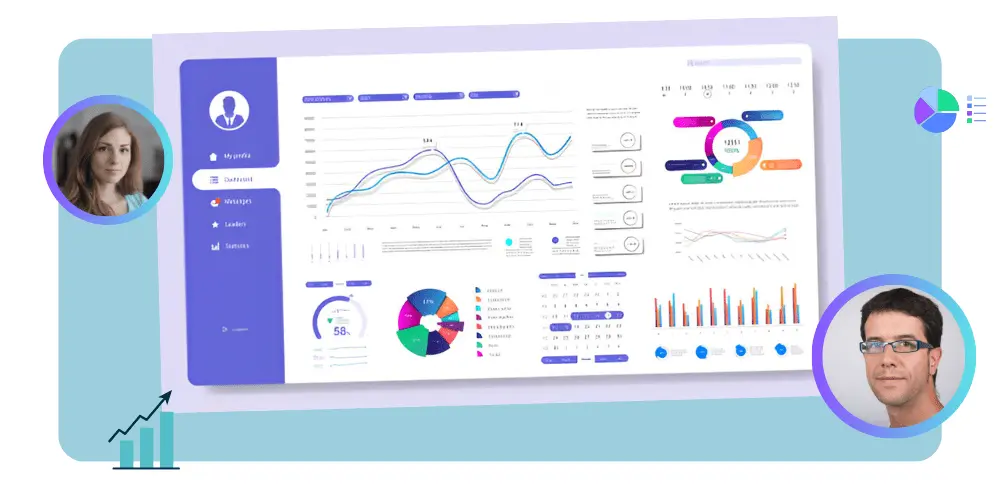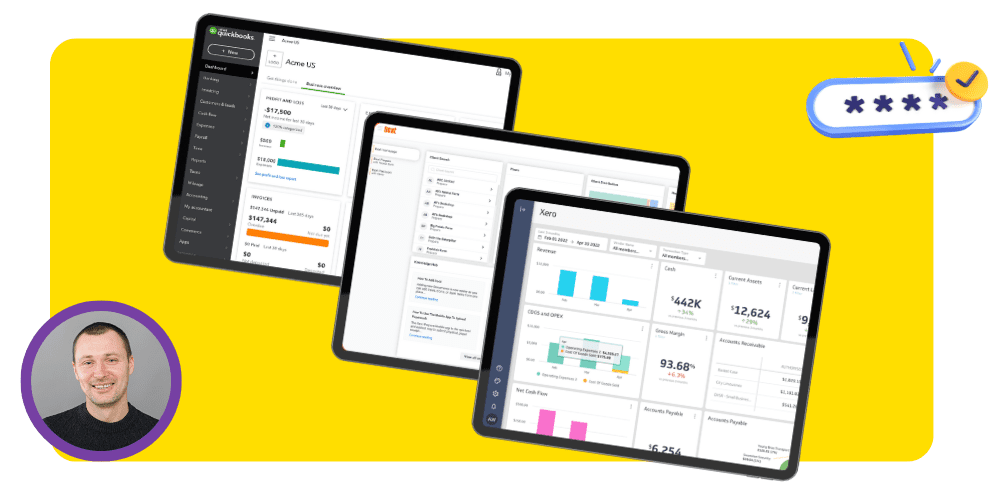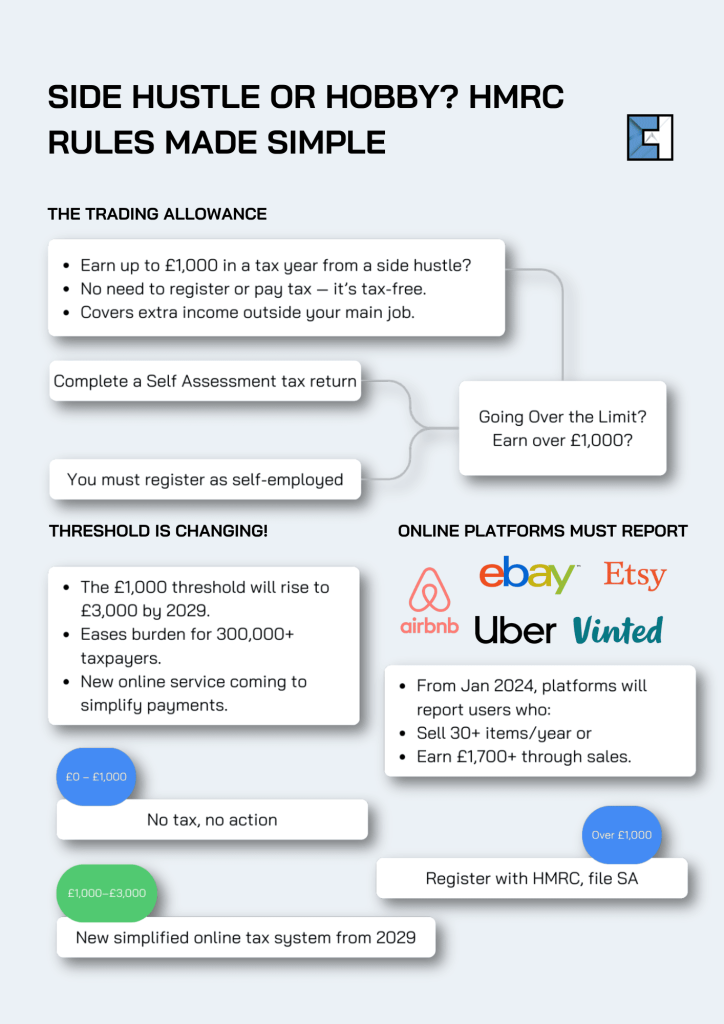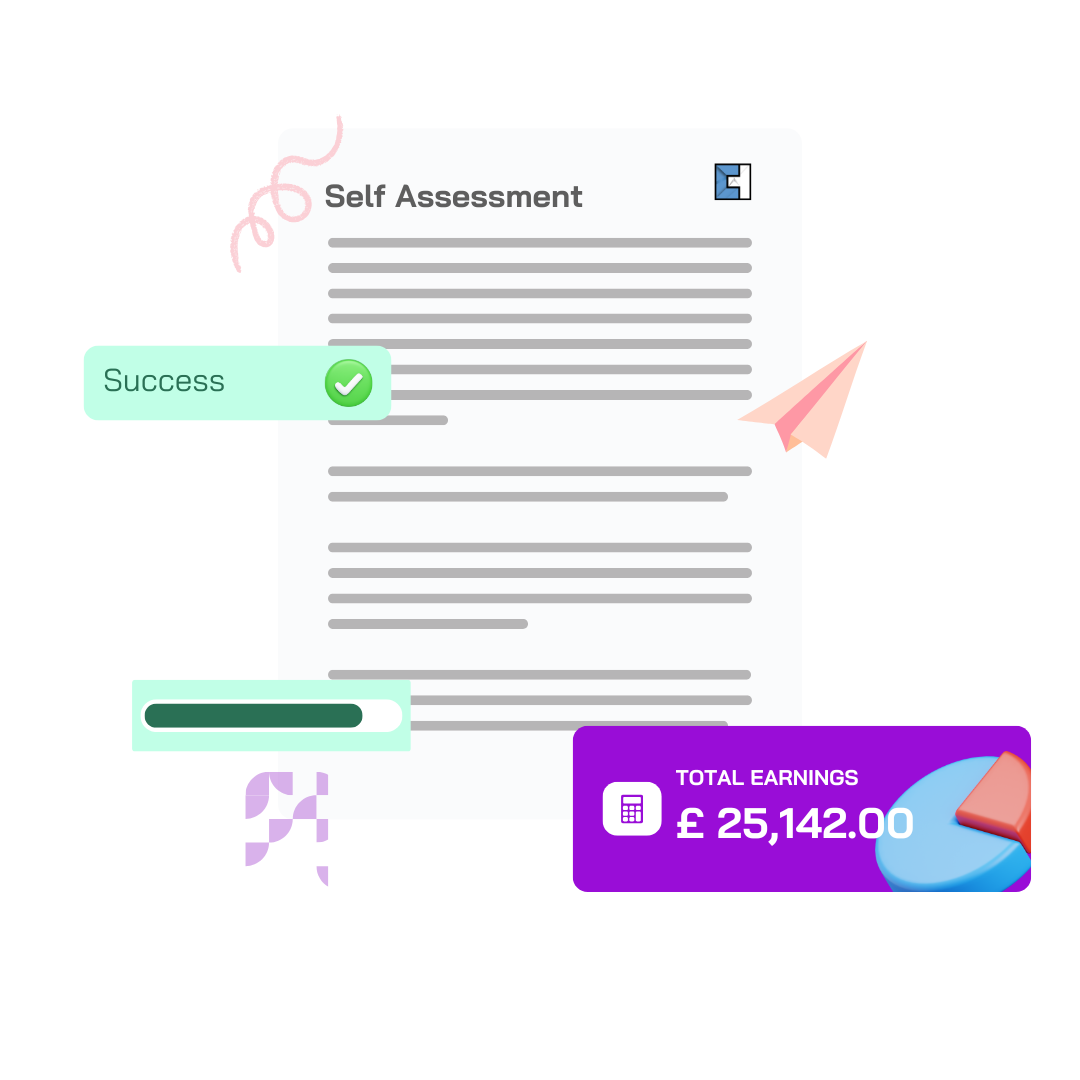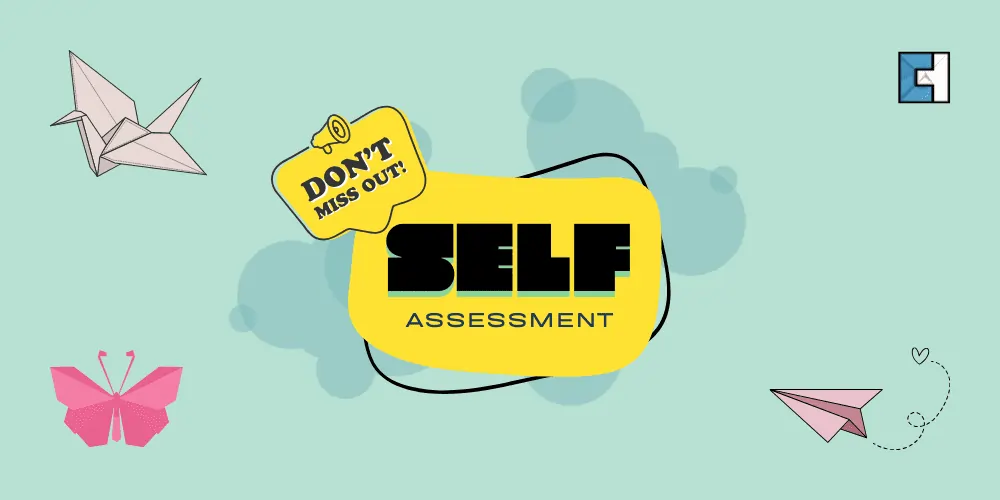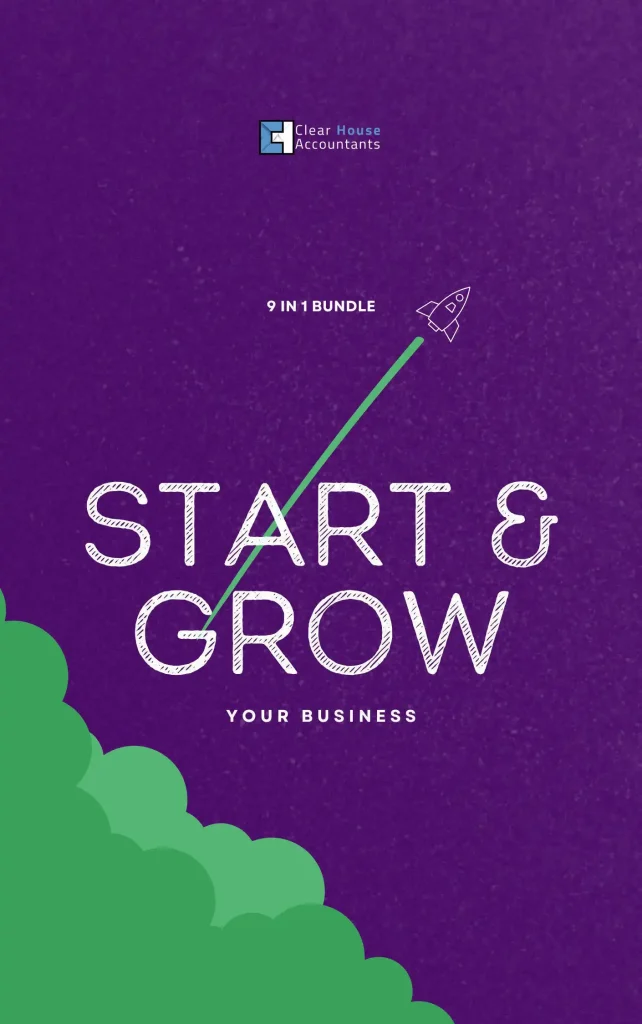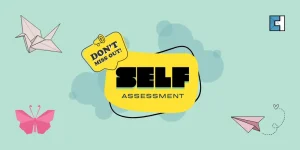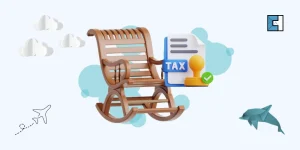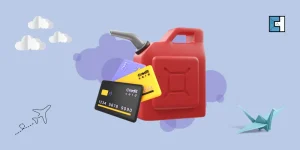Everyone seems to have a side hustle these days. And the numbers back it up: one in ten people in the UK are balancing a side hustle in parallel to their main job. And London takes the crown, with 40% of its residents having some form of side income with side hustle taxes applicable to them.
Got an Etsy shop for your handmade jewellery? Maybe freelancing as a graphic designer on weekends? Whatever your hustle, it’s essential to understand your tax situation. The good bit about all of this? Your first £1,000 of side hustle earnings is completely tax-free; you don’t even need to tell HMRC about it. But, of course, once you push through that trading allowance threshold, things do get a little bit more complicated.
Explore our Complete Guide to Freelancing and UK Tax for Freelancers.
Understanding HMRC Side Hustle Tax Rules
HMRC makes a clear distinction between your side hustle and your day job. The main difference? It’s all about the money. If your side income stays below £1,000 in a tax year, HMRC simply doesn’t count it as taxable income.
This £1,000 limit is HMRC trading allowance, which is tax-free, and it covers any extra cash you make outside your regular job. Therefore, if you are working full-time and earning less than a grand from your weekend pottery business, you would not have to worry about paying extra tax.
The liability corresponds to £1,000 for any individual whose circumstances change; at this juncture, one is required to register as self-employed with HMRC and complete a self-assessment tax return.
In March 2025, HMRC announced the income tax Self Assessment threshold change. It is to be tripled from £1,000 to £3,000 by 2029. So, ‘further taxes’ are paid on all earnings between £1,000 and £3,000, but this particular regime will release some 300,000 taxpayers from the onerous requirement of completing a Self Assessment form each year. Instead, they will be using a brand new ‘user-friendly’ online service to pay up when they owe.
Another thing to note – from January 2024, Several online platforms have been required to inform HMRC about the earnings of their users. Vinted, eBay, Etsy, Uber, and Airbnb all fall under this. If you sell items via these platforms, they will only report your information if you sell more than 30 items in any year or earn over £1,700. If all you’re doing is getting rid of your old stuff, that’s not ‘trading’ according to HMRC.
“To better understand your self-assessment and tax obligations, explore our detailed resources”
When to Register Your Side Hustle with HMRC
Timing is crucial when registering your side hustle with HMRC. Once your trading income goes over that £1,000 mark in a tax year, you’ve got to register as self-employed, even if you’re already working a 9-to-5.
You need to sort this by October 5, following the end of the tax year when you first went over the threshold. If you start making more than £1,000 during the 2024-2025 tax year (which runs from April 6, 2024, to April 5, 2025), you’ll need to get registered by October 5, 2025.
Getting registered with HMRC isn’t complicated, but you do need to follow these steps:
- Work out your business structure (most side hustlers go for sole trader)
- Register for self-assessment
- Wait for your Unique Taxpayer Reference (UTR) to arrive (usually takes about 10 days)
- Set up your government gateway account for submitting tax returns online
Worth noting – even though platforms like Vinted, eBay and Airbnb now pass your selling info directly to HMRC, this doesn’t let you off the hook. These sites must report sellers who make more than 30 sales a year or earn over €2,000 (roughly £1,700).
Miss the registration deadline or dodge paying your taxes? HMRC can hit you with financial penalties. They’ll charge fines plus interest on late payments, and the longer you delay, the more it will cost you.
Online platforms now have to collect quite a bit of info from sellers, including:
- Your full name
- Home address
- Date of birth
- National Insurance number
- Business details (if you’re running as a company)
So, knowing when to register your side hustle isn’t just about playing by the rules—it’s about avoiding a nasty bill from HMRC later on. Your Etsy shop or weekend dog-walking business might feel casual, but HMRC has some pretty clear ideas about when it needs to go on their books.
Calculating Tax on Your Side Hustle Income
Working out your side hustle taxes isn’t quite as straightforward as your day job. With your main employment, tax gets deducted automatically through PAYE. But with your side hustle, you’re the one responsible for calculating and paying your own tax.
HMRC lumps your side hustle profits together with your other income to figure out which tax band you fall into. For the 2025-2026 tax year, the rates look like this:
- 0% on income up to £12,570 (your Personal Allowance)
- 20% on income between £12,571 and £50,270 (Basic rate)
- 40% on income between £50,271 and £125,140 (Higher rate)
- 45% on income above £125,140 (Additional rate)
Let’s break this down with a real example. Say you earn £15,000 from your day job and make £5,000 selling handmade candles online:
- £12,570 of your total income sits within your Personal Allowance (so 0% tax)
- The remaining £2,430 from your day job gets taxed at 20% (that’s £486)
- Your £5,000 candle business income also gets taxed at 20% (another £1,000)
- So your total income tax bill would be £1,486
Don’t forget about National Insurance Contributions (NICs) too. For your self-employed income, you’ll need to pay:
- Class 2 NICs: £3.15 per week if your profits are over £6,725
- Class 4 NICs: 9% on profits between £9,568 and £50,270, plus 2% on profits above £50,270
The good news? You can cut your tax bill by claiming allowable expenses. These include things like:
- Materials and stock (all that wax and scent for your candles)
- Website fees
- Travel costs for business purposes
- Equipment and tools
- Marketing and advertising costs
You’ve got two choices here: take the simple route and claim the £1,000 trading allowance, or list out all your actual expenses (which makes more sense when your expenses are more than £1,000).
Learn more about reducing your tax bill through How Soon Should I Submit My Self Assessment Tax Return?.
Conclusion
Side hustle taxes might seem scary at first glance, but once you know your obligations, you’ll protect that extra income stream you’ve worked so hard to build. While the £1,000 tax-free trading allowance remains unchanged, the good news is that the reporting threshold has been increased to £3,000, making life much easier for many side hustlers.
Keeping on top of what HMRC expects means you won’t get any nasty surprise penalties landing in your inbox. Yes, platforms like eBay and Vinted are now sharing your selling info directly with the taxman, but don’t forget – it’s still your job to track what you earn and keep decent records.
Remember these key points:
- Keep track of your earnings beyond the £1,000 trading allowance
- Register with HMRC before the October 5 deadline
- Calculate your tax considering both employment and side income
- Save records of allowable expenses
Your side hustle’s success depends on proper tax management. Start implementing these guidelines now to maintain HMRC compliance and grow your additional income stream confidently.
Related Resources





